Project-Based Learning Among Kids – All You Need to Know!
Is your child slow in adapting conventional classroom learning methods and has a hard time focusing? How often have you felt that your kid is not responding to the traditional methods like other fellow beings in his class? Every child is different; each processes information in different ways.
Some kids may learn through basic educational methods and some might need an extra approach to clear their concepts. And that’s where project-based learning comes into action. Here are the first two benefits of this type of learning. Then, we’ll dive into the specifics.
Project-based learning is one revolution of the traditional learning techniques. It is a concoction of various strategies and programs to bring out the best results, involving kids in engagement, critical thinking skills, and real-world skills in a practical way.
Project-based learning teaches high-quality communication as well. It’s a science-backed technique that, with other learning methods, enhances knowledge, numeracy, science, and art. Moreover, it aids kids with problem-solving methods through real-life examples.
Let’s dive into the details of project-based learning (PBL) and explore how it benefits students of all ages, from preschool, to high school, to higher education.
All You Need To Know About Project-Based Learning?
According to the Buck Institute of Education, project-based learning is explained as “Investigating And Responding To An Authentic, Engaging And Complex Problem Or Challenge.”
Another definition is a dynamic classroom approach through which kids challenge real-world problems and acquire deeper knowledge.
Research shows that PBL, when compared to traditional learning methods, increases:
- Engagement
- Intelligence
- Knowledge Retention
Project-based learning is a student-centered approach, and it involves three constructive principles:
- Students learn from context-specific approaches.
- They are thoroughly involved in the learning process
- They achieve their goals through social interaction and the sharing of knowledge and understanding.
Project-Based Learning vs Independent Projects
Doing a project involves the application of the knowledge provided by the teacher or professor. It is performed only after the knowledge is delivered. In contrast, project-based learning is the unit of work and provides the knowledge while doing it through real-life scenarios. It is the ideal technique to prepare children for real-life projects.
Benefits of Project-Based Learning
Students collaborate and use their critical thinking powers instead of mechanical memorization through PBL. Project-based learning has the following 7 benefits;
Student-Centered Approach
This method allows the project to revolve around the student, and each student is assigned responsibility according to their strengths; unlike the traditional teaching method, where the student listens to how and what the teacher is communicating, PBL is student-centered. However, the teacher facilitates with the information required.
Critical Thinkers Are Born In The Process
Teaching kids to think critically is vital in today’s landscape. To think out of the box and devise a solution is what critical thinkers do. PBL allows students to ask questions and think deeply. Students’ thinking skills in project-based learning are not confined to the classroom walls and its teaching etiquette. The information is not memorized; it’s experienced and grasped through project learning.
Promotes Integration of Subjects
An interesting phenomenon of project-based learning is the integration of subjects through a project. For learners who need to improve in a subject or are fearful of common learning methods, PBL is ideal for them. These learners respond well and retain the knowledge. Moreover, they can overcome the anxiety they behold around certain subjects.
Encourages Social Learning
Collaborating with other learners is an interesting aspect of project-based learning. This encourages the students to develop social interaction skills, which are beneficial for them for the rest of their lives. Within this setting, children are generally seen to possess better communication and public speaking skills.
Better Learning Opportunities
Through project-based learning, the students can identify their strengths and learn more about opportunities in their strengths across the globe. the use of technology and real-life projects in PBL helps them get access to opportunities apart from their community
The Individual Strengths Are Bloomed And Nurtured
Through project-based learning, the individual powers of every learner are identified. By working in a group, they practice different skills that can nurture their inner strengths. The facilitator can identify the individual’s strengths and weaknesses. While working in a group, they naturally sort themselves into roles that they possess inertly.
Allows The Teachers To Measure The Progress
Project-based learning is an evolution of the conventional learning process, and it is not marked traditionally. The rules of assessing through PBL are unique and comes with it’s own set of challenges. Through each Project, the teacher gets a clear picture of the powers and weaknesses of each student.
Project-based learning has its own set of advantages for learners of all stages.
Let’s see how it is beneficial for different stages.
Project-Based Learning at Different Academic Levels
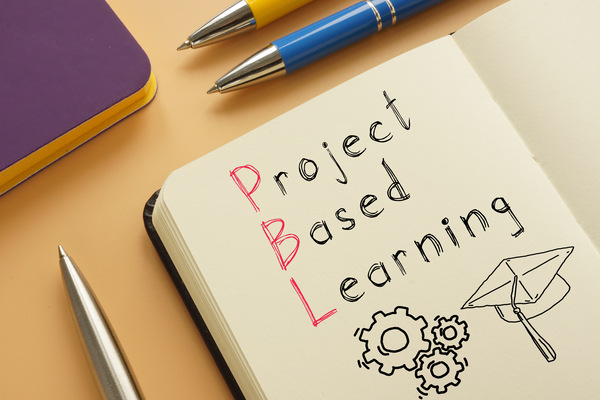
Project-based learning can be different at different levels.
Primary and Pre-School
A study in Sweden with preschool science teachers showed that project-based learning could improve the understanding of preschool science.
Another study in the U.S. explored the usefulness of project-based learning in 2nd graders. The study explored the areas of social studies and content area literacy. The study revealed positive results. It showed that project-based learning bridges the gap between Low and high-SES students in literacy and social studies.
Hence, project-based learning proves to be beneficial for students from preschool to primary school.
Let’s talk about a few examples of project-based Learning techniques used in preschool.
Project-based learning techniques at the Preschool level:
- Art and craft activities involving coloring and drawing real objects.
- Educational toys to introduce geometry or math.
- Devising a project under the supervision of a parent with the help of a teacher.
- Enacting out important social issues to understand strong emotions.
- Cooking to learn more about various food groups and their importance.
- Celebrating different weeks like a week of kindness and gratitude to be grateful and kind from a very early age
Project-Based Learning In High School
A study in the U.S. of 7th and 8th graders who participated in a science-based inquiry project showed increased science-based content understanding, better processing skills, and better test rates results when compared to the remaining district populations.
Techniques used in High school:
- Asking the students to investigate fake news.
- Challenging the student to examine a piece of poetry and write something of their own.
- Inspiring the student to make their holiday.
- Asking them to solve an environmental problem faced by the public.
Project-Based Learning For Higher Education
According to a study, Postgraduate students’ self-management skills are the main enabler for achieving learning results from project-based learning.
According to a study carried out in 2011, researchers discovered that project-based learning promotes meaningful language learning for workspace skills.
Therefore, project-based learning has proven to be beneficial for all stages of learning. It is a branch of the learning techniques used in today’s teaching methods.
Project-based learning is not just utilized in schools, it is a universal concept that any team can use in any organization.
7 Essential Key Elements of Project Learning
Before implementing PBL to the learners, it is important to consider these key elements and characteristics:
A Challenging Key Problem or Question
The project is always designed as a challenging question or a problem. The students have to formulate solutions and answers. The question is always appropriate to the age group.
Sustained Inquiry
The student undergoes a detailed process of research, inquiry, questions, and applying information.
Authenticity
The project always involves real-world practices. It revolves around real problems and real solutions. Inquiries and information should be authentic. The projects speak to the personal interests and problems in the child’s life.
Students’ Voice and Choice
The projects portray the thoughts of the learner. The students decide what they perceive of the topic and how they want to talk about it. It becomes a reflection of the child’s thought process.
Reflection
The students and teachers reflect on their learning and clarify the questions. They ponder over the hurdles and obstacles that come their way and the strategies they apply to overcome all of them
Critique and Revision
The students receive feedback, apply the feedback, and improvise their projects.
Conclusion
Project-based learning in today’s classroom is a comprehensive and innovative approach to learning new phenomena. Although, it can’t be the standalone method. It requires a thorough understanding of how to implement it by the teachers and parents. Before introducing it to the classroom, the teacher needs to have a deeper knowledge of it and the right resources. However, when carried out the right way, it has always proven to be beneficial in developing critical thinking skills, deeper knowledge, and knowledge retention in students of all levels.
Any group seeking to learn something together can benefit from project-based learning. It’s just one of the types of learning that can benefit individuals.
Here is a video that explains Project-Based Learning in a non-school setting:


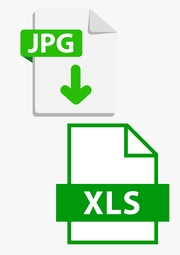

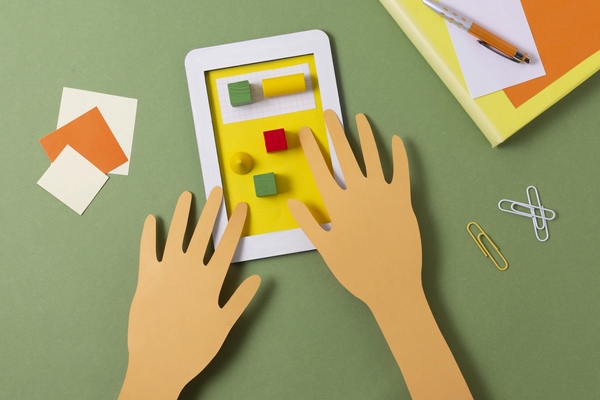

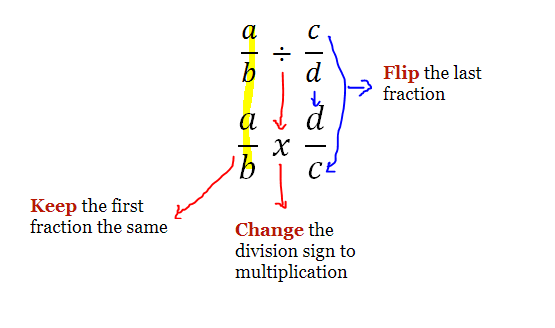
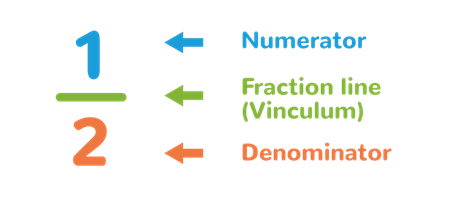




 Explore the Safe Search Engine -
Explore the Safe Search Engine -